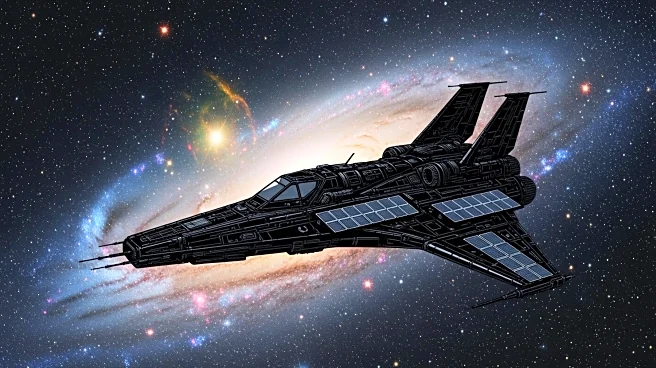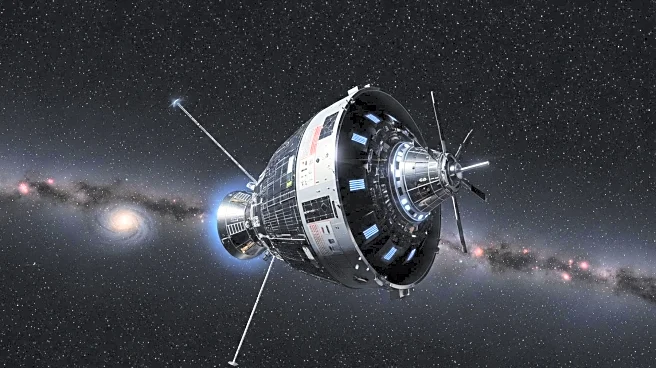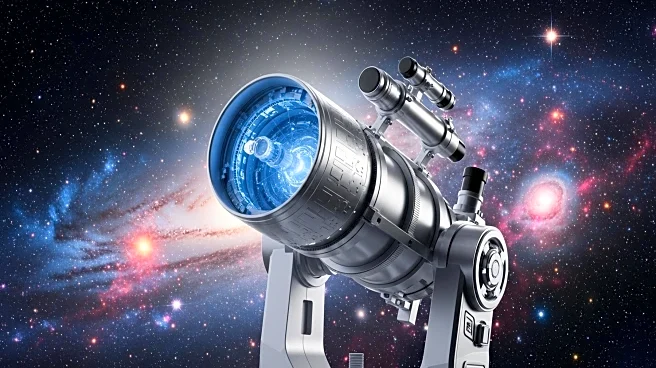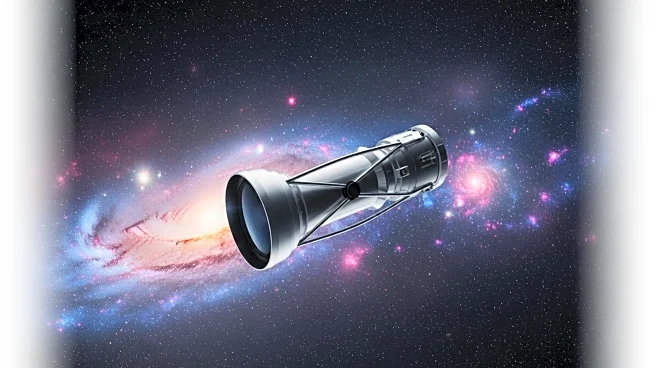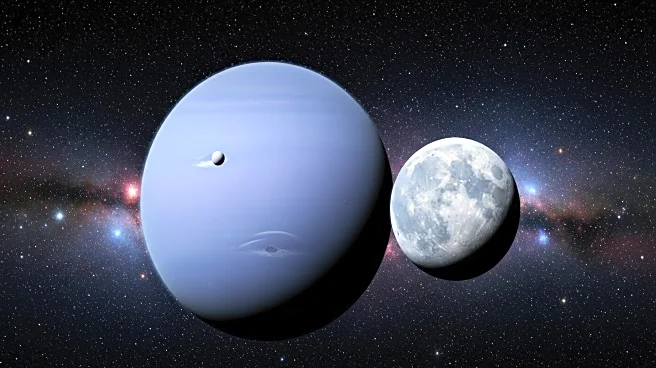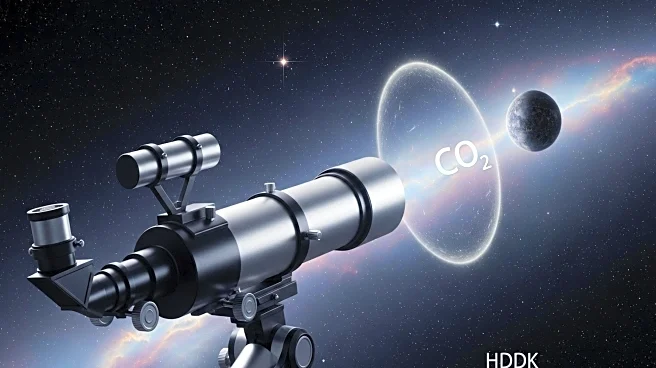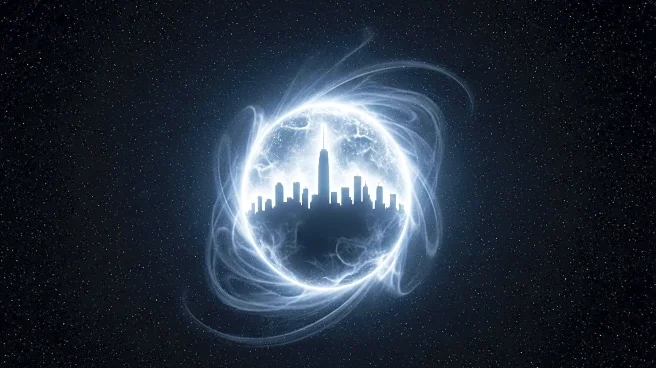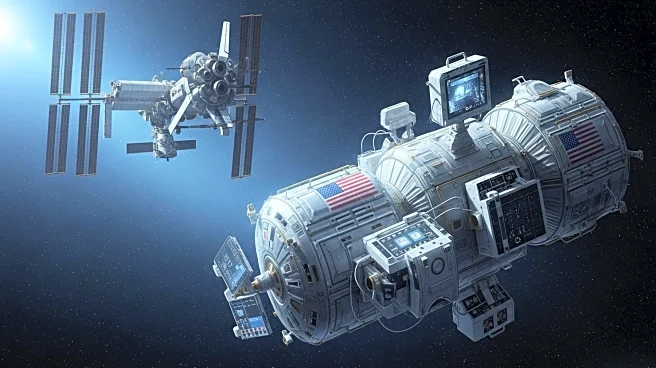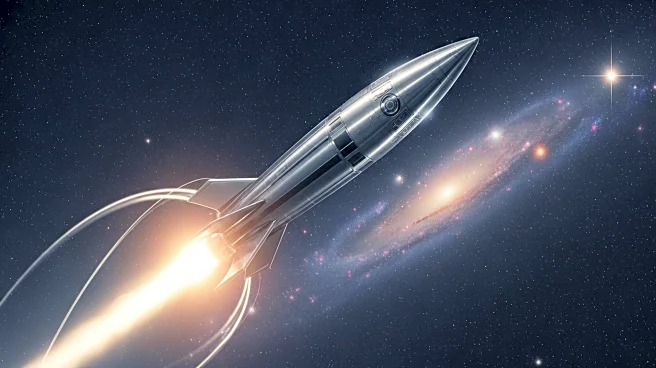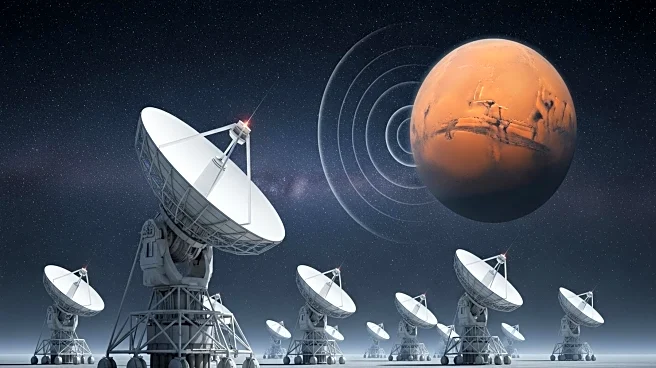What's Happening?
NASA's Voyager 2 spacecraft, launched in 1977, is set to continue its journey through space for billions of years, even after its instruments go dark by 2030. Designed with redundant systems, minimal moving parts, and long-lasting power sources, Voyager 2 was built to endure the harsh conditions of space. Its titanium shielding provides resilience against cosmic hazards, allowing it to drift through the Milky Way long after Earth and humanity may no longer exist. Voyager 2's mission has been to explore the outer planets, but its legacy will be its continued presence in space, potentially outliving the Sun when it becomes a red giant in about 5 billion years.
Why It's Important?
Voyager 2 represents a monumental achievement in space exploration and engineering, showcasing NASA's ability to create technology that transcends human lifespans. Its continued journey serves as a testament to human curiosity and the desire to explore beyond our planet. The spacecraft's longevity highlights the potential for future missions to extend humanity's reach into the cosmos, providing valuable data and insights into the outer solar system. Voyager 2's endurance also symbolizes the lasting impact of scientific endeavors, inspiring future generations to pursue exploration and innovation.
Beyond the Headlines
Voyager 2's journey raises philosophical questions about humanity's place in the universe and the legacy we leave behind. As a silent witness to the future, the spacecraft may one day encounter other civilizations or remain a solitary relic of human achievement. Its design and mission reflect a commitment to exploration and discovery, encouraging reflection on the importance of preserving knowledge and advancing technology. Voyager 2's story underscores the interconnectedness of science, technology, and culture, highlighting the role of space exploration in shaping our understanding of existence.
